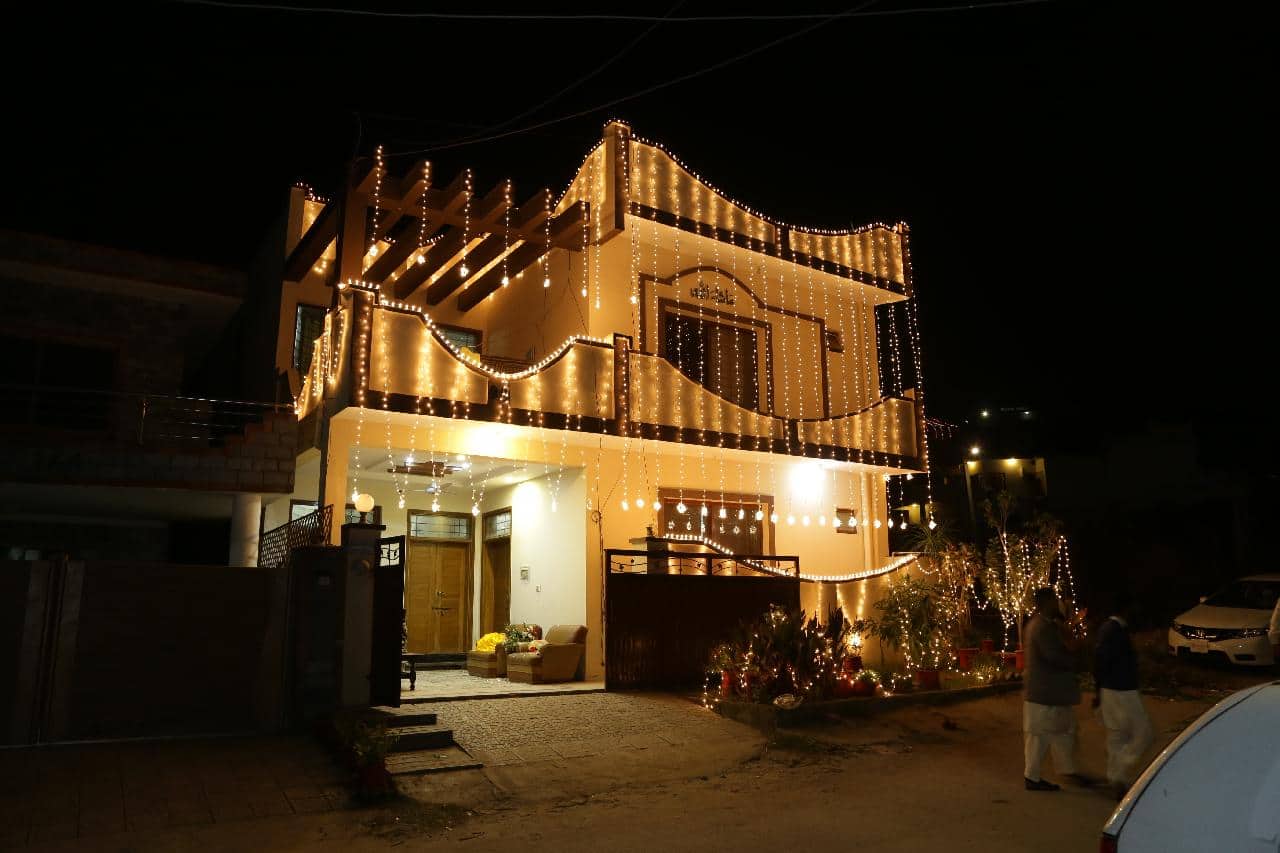Key Takeaways
- Choose the right foundation type for your shed.
- Ensure proper drainage to avoid flooding.
- Level the ground for a stable base.
- Consider using treated wood for longevity.
- Plan for local wildlife when building your foundation.
- Incorporate ventilation to prevent moisture build-up.
- Don’t forget to check local building codes and regulations.
Building a shed is like establishing your own tiny kingdom in the backyard. But before you start claiming that regal space for your garden tools and lawn gnomes, you’ll want to lay a solid foundation—literally! A sturdy shed foundation doesn’t just keep the structure from doing the wobbly tango; it also keeps your precious tools from floating away during a rainstorm. So without further ado, let’s dive into seven indispensable shed foundation tips that will keep your DIY dreams from crashing down like a cheap tent in a windstorm.
Ah, the thrill of DIY. It’s the only time it’s socially acceptable to don a dusty work cap, socked sandals, and a belt full of odd tools. As you embark on constructing your shed’s fortress, you must remember: a strong foundation is crucial. After all, you wouldn’t build a house on sand, would you? Let’s ensure your shed doesn’t follow the “House of Cards” blueprint.
Choose the Right Foundation Type
When it comes to shed foundations, there’s no one-size-fits-all option. Some common foundation types include gravel pads, concrete slabs, and treated wood skids. Research indicates that a concrete slab foundation is generally the most durable option among homeowners. According to a study from the National Association of Home Builders (NAHB), concrete foundations can last up to 50 years with proper maintenance, making them a hesitantly wise choice despite the initial expense.
| Foundation Type | Lifespan | Cost | Maintenance Level |
|---|---|---|---|
| Gravel Pad | 10-15 years | Low | Low |
| Concrete Slab | 30-50 years | High | Moderate |
| Treated Wood Skids | 15-20 years | Moderate | Low |
Ensure Proper Drainage
Water is your nemesis—it’s Sherlock Holmes to every shed owner’s Dr. Watson. Allowing water to pool around your shed can lead to problems, including decay and pest attraction. To ensure proper drainage, elevate your shed foundation slightly above the ground level and grade the surrounding area away from the shed. Consider adding gutters to channel rainwater away like a superhero directing traffic.
Level the Ground
You wouldn’t want your new shed to come equipped with a built-in tilt, would you? Leveling the ground is crucial for a stable base. Use a long level and some stakes to mark the corners. If your yard resembles a rollercoaster, you may need to bring in some fill dirt to create a flat surface. Invest a little time here, and you’ll save a lot of headaches later!
Consider Using Treated Wood
If you decide on a wood foundation or skids, always opt for pressure-treated lumber. It’s treated with chemicals that resist rot, termites, and the looming threat of mother nature’s havoc. Just think of it as giving your wood a superhero cape—it’s there to protect against the villains.
Plan for Local Wildlife
Remember, you’re not the only one who might find your shed a cozy home; local wildlife may also consider it an appealing real estate opportunity. To prevent unwanted guests (like raccoons or foxes) from burrowing beneath your shed, ensure a tight fit with your foundation and consider installing a small skirt of stone or hardware cloth around the base.
Incorporate Ventilation
Sheds can feel like saunas in the summertime. Incorporating ventilation is crucial to avoid the dreaded mold and mildew on your precious tools. Windows? Yes! Gaps near the roof or vents? Absolutely! You’re going for maximum airflow here—not an open invitation for every insect on the block!
Check Local Building Codes
Lastly, folks, let’s get legal. Before rushing into your shed foundation, check your local building codes. In some areas, permits may be required, and there can be requirements for your foundation—especially concerning the size of the shed. Don’t be “that neighbor” who incurs fines and unwanted attention from local authorities.
Closing Thoughts
Building a sturdy foundation for your shed isn’t just a fling; it’s a lifelong commitment that affects your property value, tool storage, and wild backyard dreams. By following these seven tips, your shed will stand firm against the elements—or at least against your neighbor’s rickety lawn decorations!
So, gather those tools, channel your inner DIY guru, and get ready to build something that not only meets your needs but also gives that dreaded “she shed” the royal treatment it deserves.
FAQs
| Question | Answer |
|---|---|
| What is the best foundation type for a shed? | A concrete slab is often considered the best due to its durability and low maintenance, followed closely by gravel pads for easier DIY installations. |
| Do I need a permit to build a shed? | This varies by location; it’s essential to check your local building codes and regulations before starting any construction project! |
| How do I prevent water damage to my shed? | Ensure proper drainage, elevate the structure slightly, and use treated wood to protect against moisture, mold, and other pesky problems! |
Discover more from Futurist Architecture
Subscribe to get the latest posts sent to your email.



![modern apartment [article_title]](https://www.futuristarchitecture.com/wp-content/uploads/2025/03/7-Stealthy-Secrets-to-Ninja-Your-Privacy-With-Blinds-690x600.jpg)